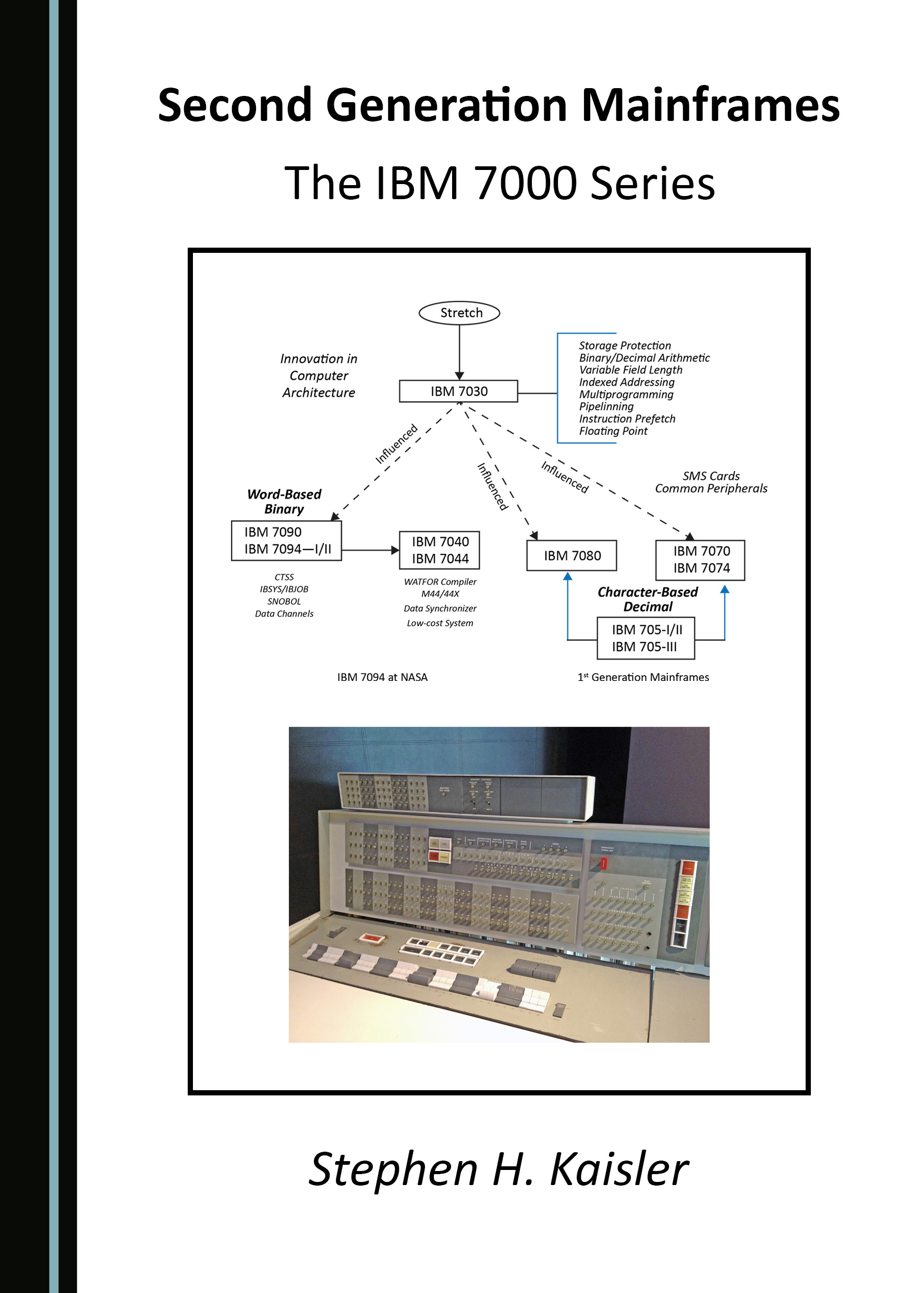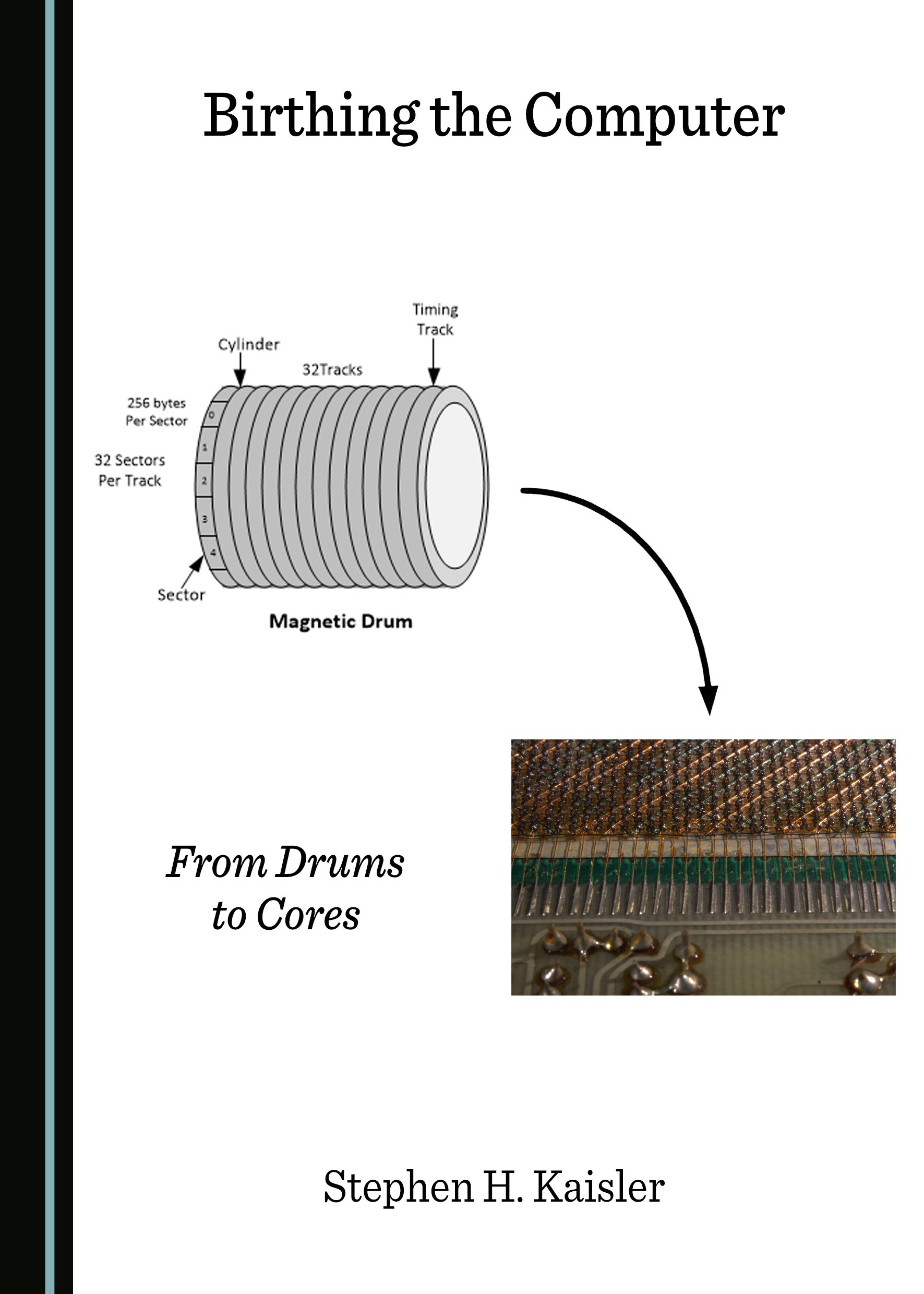Historical Computing Machine Series
The Cambridge Scholars Series on Historical Computing Machines is focused on describing the architecture, development and operation of computing systems from mainframes to microprocessors beginning with machines developed by Konrad Zuse, Atanasoff-Berry, Stibitz, and continuing through about 1995. It will also discuss the influence of hardware on operating systems and programming languages, and vice versa, where appropriate. The latter cut-off date is chosen to allow consensus to develop about the continuing evolution and contributions of major microprocessors.
Information for Prospective Authors:
Proposals for other titles within this series are solicited using the following guidance:
• Computer systems and processors should be at least 15 years old in order to allow time for a consensus to develop on their features and capabilities.
• Volumes on individual manufacturers that substantially extend the material presented in the volumes above are encouraged.
• Volumes should discuss hardware (processor, peripherals), operating systems, and influence on programming languages. Discussion of unique or specialized applications is also encouraged.
• Vignettes on technology (e.g., vacuum tubes), key developers and architects, and organizations (e.g., corporations, universities, funding agencies such as DARPA and NSF, agencies in other countries, etc.) are encouraged for inclusion within a technical volume. These should be boxed in as a table of 1 column, 2 rows with a title in the first row and the text and images, if any, in the second row.
• Each book should be created using Microsoft Word 2010 or later with Table of Contents, Tables of Figures, and Index automatically generated.
• Images should be submitted as TIFF files. Diagrams should be created using Visio 2010 or PowerPoint 2010 or later and then converted to JPEG files for direct insertion into the text. Diagrams can be provided independently as .vsd files from the textual material.
• Research computer systems which may have been described in the technical literature, but are not widely known, yet represent innovative approaches to computer systems architecture are also encouraged.
• Minimum book size is 125 pages and preferred size is about 300-400 pages inclusive of Table of Contents, Table of Figures, and Bibliography. Volumes larger than 450 pages will be edited to reduce to the above page limit. Authors are encouraged to include a set of questions at the end of each chapter to further stimulate the reader’s interest, understanding, and curiosity. Further readings not used as primary sources are also encouraged.
• Authors are asked to assess the role and contributions of the systems they discuss. In general, assessments should be positive and highlight key concepts and advances of individual systems – hardware, software and programming languages. For example, FORTRAN, first developed for the IBM 700 series machines, was a key symbolic programming language through the 1990s.
Potential authors are encouraged to contact the Series Editor to have a dialogue about potential topics before submitting a proposal. The Series Editor will work with potential authors to develop a proposed topic and shape a proposal for review by the advisory board – which consists of Publisher’s staff and advisors.
Stephen H. Kaisler (“Steve”) has been a research scientist with a number of small businesses working in the U.S. Defense community. He has worked as a Program Manager at DARPA and as Director of Systems Architecture/Technical Advisor to the Sergeant At Arms for the U.S. Senate. He has been Chief Scientist for Analytics. Dr. Kaisler has taught as a member of the part-time faculty at George Washington University’s Dept. of Computer Science for 38 years and also in the M.S. in Information Science Technology (MSIST) program in the GWU Business School. He is the author of over 40 technical papers and six books on operating systems, database management systems, Interlisp, Big Data, and Software Paradigms, and Historical Computing Machines. He received a B.S. in Physics and an M.S. in Computer Science from the University of Maryland, College Park, and a D.Sc. in Computer Science from George Washington University in Washington, DC. Dr. Kaisler is a member of the IEEE, ACM, AAAI, AIS, and the American Physical Society (APS).



















